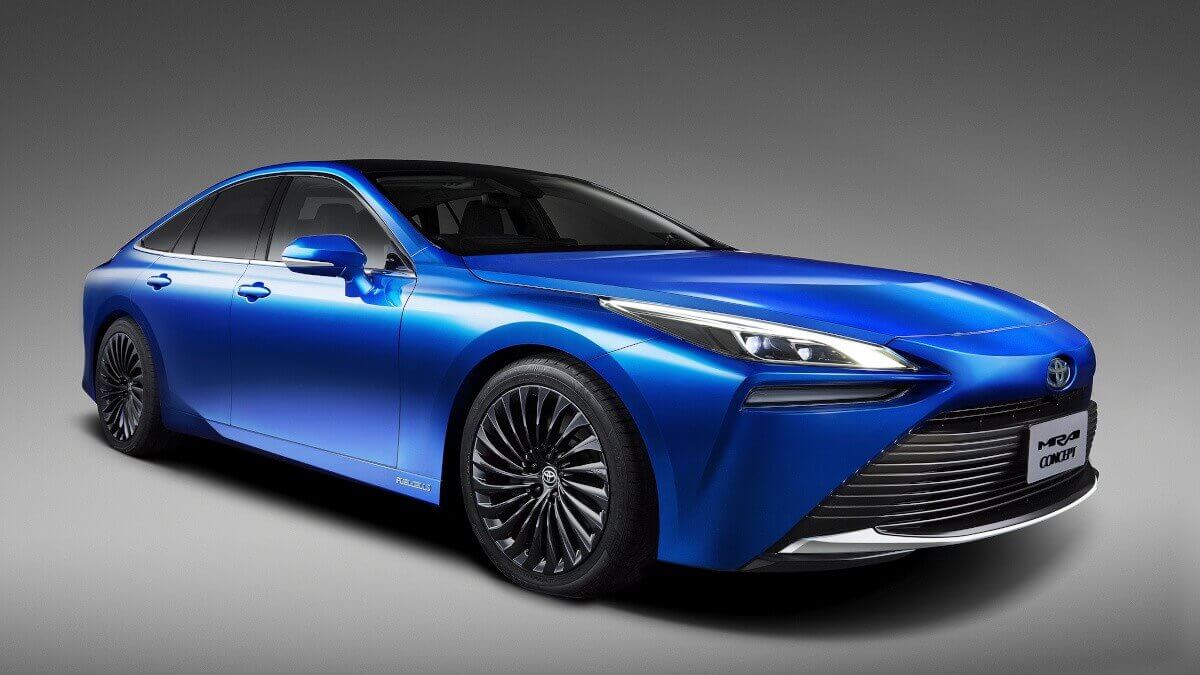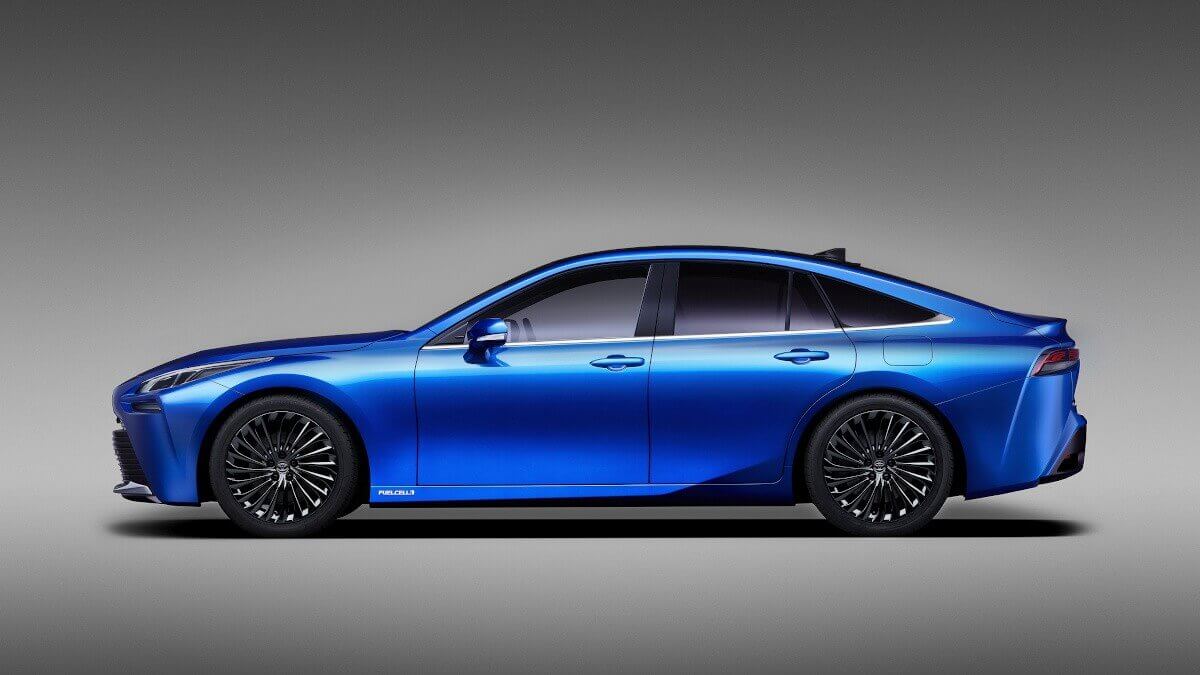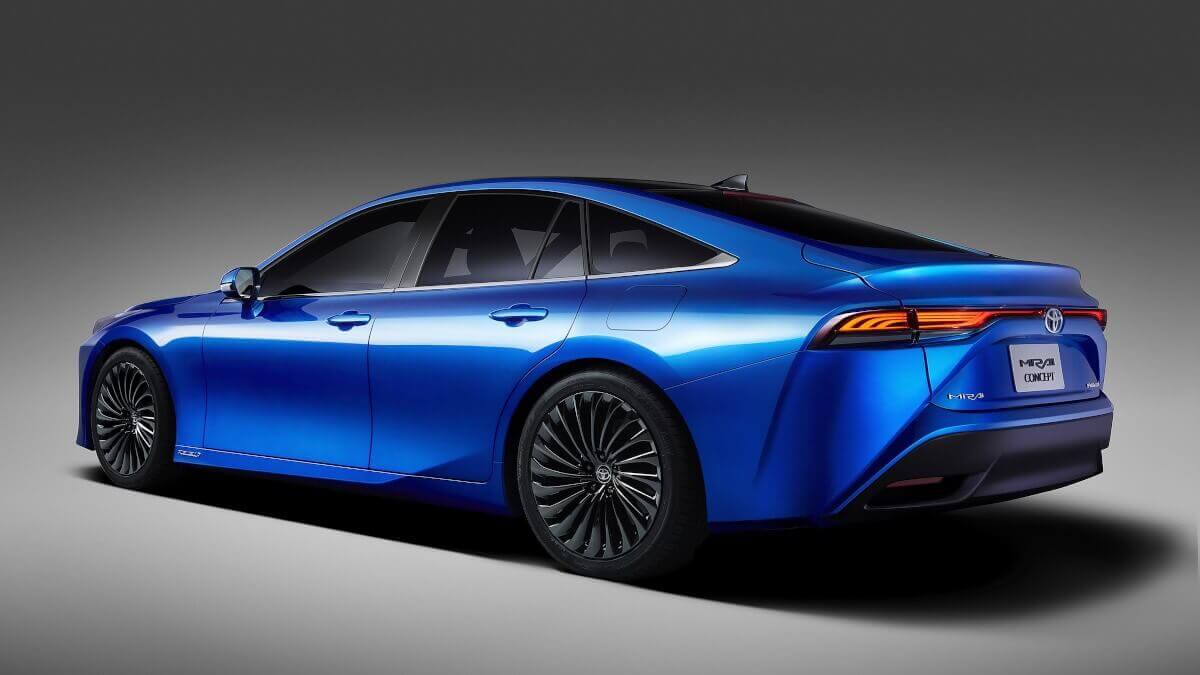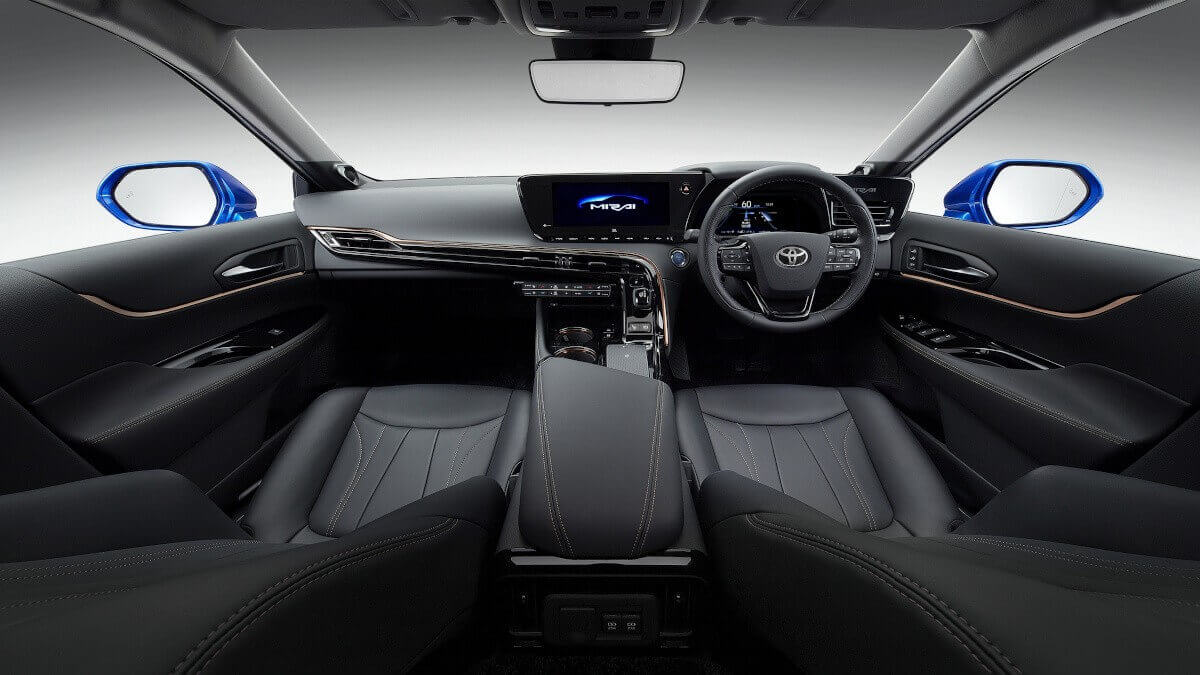Toyota Mirai
In many European countries, both politicians and the general public have already committed themselves: that the future belongs to the electric drive with batteries. But have these people really thought through their decision, or are they simply parroting unreflectedly what is published in many articles? Of course, an electric car has no CO2 emissions at all from a local perspective and is a lot of fun to drive because of the instantaneous torque. However, for the foreseeable future, various problems remain that cannot simply be swept under the carpet. For one thing, no European country has enough electricity to switch all or even most of the cars on the roads from conventional drive to electric drive. Quite apart from this, electricity rarely comes from ecological sources. In addition, there aren’t enough raw materials for the production of batteries currently available, which are also used in a similar design for mobile phones and computers, for example. As far as charging times are concerned, there is still a great need for development, at least for frequent drivers or those who travel long distances. And last but not least, the batteries have a limited shelf life and have to be disposed of by specialist companies because of highly toxic ingredients. Since very few electric cars are designed for battery replacement, manufacturers openly design them as disposable items. This has very little to do with the sustainability that is often demanded.
Are there no alternatives? Yes, but there is no universal solution for all purposes, as some politicians would like. But there was also no such solution for the choice between petrol and diesel. Either one had a lot of power or low consumption. By clearly defining only one concept, however, politicians are preventing any creative effort in other directions from the outset, which puts the European car industry in a corner from which it will be difficult for them to get out on their own. East Asian manufacturers have been successfully demonstrating how things can be done differently for several years now. Honda, Hyundai, Kia and Toyota are also dealing with battery electric vehicles, but are also pursuing the topic of hydrogen propulsion, which disappeared into the drawers of German manufacturers after only a few field trials. The production of pure hydrogen is relatively costly and is nowadays mainly obtained from natural gas by steam reformation, which has a negative impact on the environmental balance. Even with hydrogen, therefore, not all problems of individual transport can be solved, but as already described: At the moment there is no concept that meets all requirements.
















Since 2014, Toyota has been offering the Mirai, an upper middle class sedan that runs on hydrogen. Behind the scenes, the Japanese manufacturer has been working on this drive concept since 1992. In contrast to conventional electric cars, a fuel cell draws its electricity from hydrogen, which is combined with oxygen to produce pure water. During the journey, the resulting energy recharges the batteries, from which the power flows to the electric motors. This eliminates the need for stops at electric charging points. Instead, the hydrogen can be refuelled at special filling stations within minutes. The Mirai has a total capacity of around 122.4 liters or the equivalent of 2.5 kilograms of hydrogen, which means it can travel up to 500 kilometers. This range specification is much more accurate than that of normal electric cars. Toyota sold more than 10,000 units of the first model generation worldwide.
Toyota has now announced a second model generation of the Mirai for autumn 2020, with a much more attractive design. With the latest generation of fuel cell technology and larger tanks (now three instead of two), the aim is to increase the range by around 30 percent. At the same time, Toyota modified the accelerator pedal characteristics to give drivers more driving pleasure and comfort. There is no information yet on the power of the electric motors now installed on the rear axle. The previous Mirai has 114 kW/155 hp and 335 newtonmeters of torque. Inside, the new, almost five-meter-long sedan offers space for up to five people. In addition to the digital display behind the steering wheel, there is a 12.3-inch touchscreen display for all infotainment and comfort functions.
Images: Toyota




